Cierva Autogiro C.30 Avro 671
Production Time 9 to 10 weeks
Shipment is by FedEx, UPS or DHL International Express Courier with a normal door-to-door delivery time worldwide of within 2-3 business days after dispatch. Due to the current volatility of world fuel prices, the amount mentioned here is our best estimate for DHL and UPS and may be subject to change at the time of shipping.

Model Description: Cierva Autogiro C.30 Avro 671 Wood Replica Scale Custom Model Aircraft
Manufacturer: Juan de la Cierva / Avro
Rotor Diameter: 30.1 Inches (76.5 Centimeters)
Height: 9 Inches (22.9 Centimeters)
Scale: 1:15
$249.50
Production Time 9 to 10 weeks
-
United States dollar ($)
-
Pound sterling (£)
-
Euro (€)
-
Australian dollar ($)
-
Canadian dollar ($)
-
Singapore dollar ($)
-
Swiss franc (CHF)
-
Japanese yen (¥)
-
Danish krone (kr.)
-
Hong Kong dollar ($)
-
Norwegian krone (kr)
-
Swedish krona (kr)
-
United Arab Emirates dirham (د.إ)
General Product Description
Our PlaneArts Cierva Autogiro C.30 Avro 671 model exhibits unique, unrivaled quality and detailed design to come as close as possible to the accuracy of the actual aircraft. It comes as standard with a robust, durable base or stand which is available in a variety of different finishes designed to match your own personal requirements including solid wood, wood with polished metal supports or adjustable wood wall mount and will be ready within about 9-10 weeks from placement of order.
The Cierva Autogiro C.30 Avro 671 model is made of the finest kiln dried renewable mahogany wood (commonly known as Lauan or Meranti) which has undergone many stages of carving and meticulous and careful sanding giving the beautiful, finished museum quality masterpiece. Many collectors and model connoisseurs demonstrate their preference for genuine handmade and hand painted mahogany wood models rather than plastic or die cast (diecast) alternatives due to the overall look and totally different feel of the item - we trust you will find the same. We can however, if required produce the same model in Solid Cast Resin so just click and contact us for further information. Our craftsmen and gifted artisans ensure that our finely handcrafted model airplanes match the precise blueprint details of the original aircraft. The paint scheme, markings and parts are closely matched, reflecting the original aircraft. This stylish top-quality desktop replica model will surely enthrall anyone who receives this as a gift and for sure one of the most appropriate and desirably collectable gifts for any aviation enthusiast and avid helicopter model collector whilst also displaying a perfect resemblance to the actual real life heli.
If you require, we can also make the Cierva Autogiro C.30 Avro 671 model in any other airline, private livery or colour scheme you require and if necessary, in a different size or scale. Just click here to contact us with a description or photographs of what you require, and we will let you have a quotation for the necessary customization by return email. We can also make bespoke scale replicas of any other private / civil commercial airliner or airliners, helicopter, glider, gliders with engines, military jet, warplane jets, propeller warplanes, biplane, triplane, tail fin, spacecraft, rocket or NASA model you require in any airline, military or civilian livery or colors. We also produce model airships, blimp, dirigible, blimps, boat and ship collectibles. Wall plaque or seal for military, government or private customers. Again, by clicking here to contact us just let us know exactly what you need.
The Sky’s Gentleman: Unveiling the Cierva Autogiro C.30 & Avro 671
In the annals of aviation history, few aircraft have captivated the imagination and demonstrated the ingenuity of early aeronautical design quite like the Cierva Autogiro C.30 and its closely related counterpart, the Avro 671. These remarkable machines, emerging from the interwar period, represent a pivotal chapter in the evolution of rotary-wing aircraft. They were not just marvels of their time for their unique flight characteristics but also for their pioneering contributions to the development of later helicopters and gyroplanes.
Innovations in the Sky: The Autogiro Concept
The brainchild of Spanish engineer Juan de la Cierva, the Autogiro was developed to address the inherent instability and stall risks associated with fixed-wing aircraft. De la Cierva’s groundbreaking solution was the invention of the autogiro, a rotorcraft that utilized an unpowered rotor in free autorotation to develop lift, with a conventional engine-powered propeller providing forward thrust. This innovative design allowed the Autogiro to take off and land in shorter distances, significantly reducing the risk of stalling.
The Cierva Autogiro C.30: Technical Triumphs
Introduced in the early 1930s, the Cierva Autogiro C.30 showcased several technical advancements that made it a standout aircraft of its era. Here are some of its most noteworthy features:
- Autogyro Technology: The C.30 utilized a three-blade rotor mounted on a vertical mast, which could tilt in response to pilot inputs, allowing for control of the aircraft’s pitch and roll by altering the rotor disk’s angle of attack.
- Direct Control System: Unlike its predecessors, the C.30 incorporated a direct control system, enabling the pilot to control the tilt of the rotor directly, offering improved maneuverability and handling.
- Powerplant: Typically powered by a 140 hp (104 kW) Armstrong Siddeley Genet Major 1A radial engine, the C.30 was capable of reaching a maximum speed of approximately 100 mph (160 km/h), with a cruising speed of around 75 mph (121 km/h).
The Avro 671: A British Adaptation
The Avro 671, essentially the British-built version of the Cierva C.30, was manufactured under license by A.V. Roe and Co. Ltd. (Avro). It shared many of the same specifications and design elements as the C.30 but was tailored for the preferences and requirements of British aviators and military. The Avro 671 served both in civilian roles and, notably, with the Royal Air Force for training and observation duties, demonstrating the versatility and reliability of the Autogiro design.
Legacy and Impact:
Though the Autogiro did not replace fixed-wing aircraft as some had speculated, the legacy of the Cierva Autogiro C.30 and Avro 671 extends far beyond their immediate operational use. They provided invaluable insights into rotorcraft behavior, directly influencing the development of modern helicopters and gyroplanes. Their ability to perform low-speed maneuvers and short takeoff and landing (STOL) capabilities opened new possibilities for aviation, including urban air mobility concepts that are being explored today.
Moreover, the Autogiro’s presence in popular culture, from thrilling audiences in air shows to its appearances in films, has left an indelible mark on the public imagination. The Cierva Autogiro C.30 and Avro 671 stand as testaments to human ingenuity and the relentless pursuit of overcoming the challenges of flight. As aviation continues to evolve, the pioneering spirit of these remarkable aircraft endures, reminding us of the endless possibilities that lie ahead in the quest to conquer the skies.
| Weight | 4 kg |
|---|---|
| Dimensions | 16 × 30.1 × 9 in |

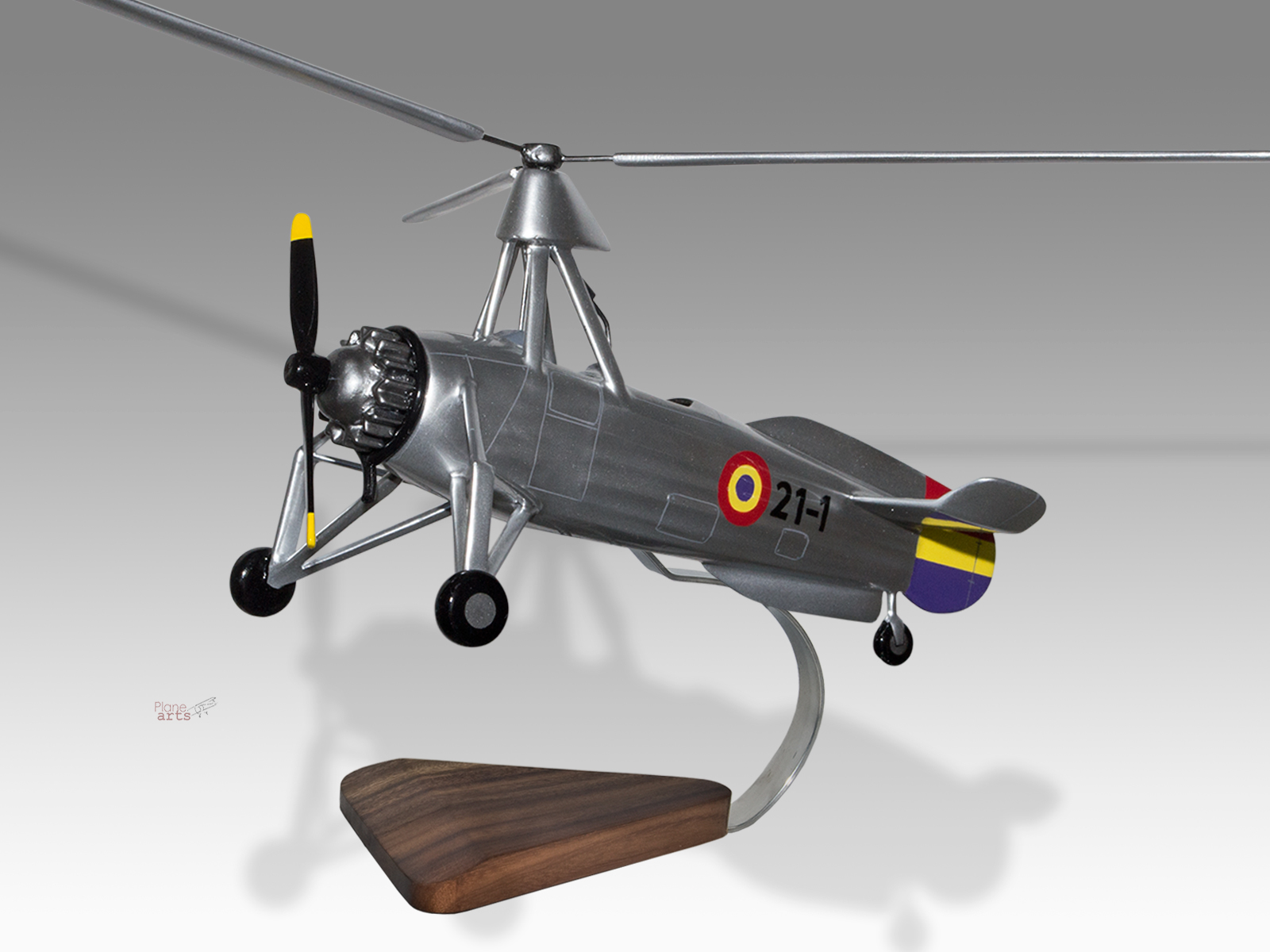
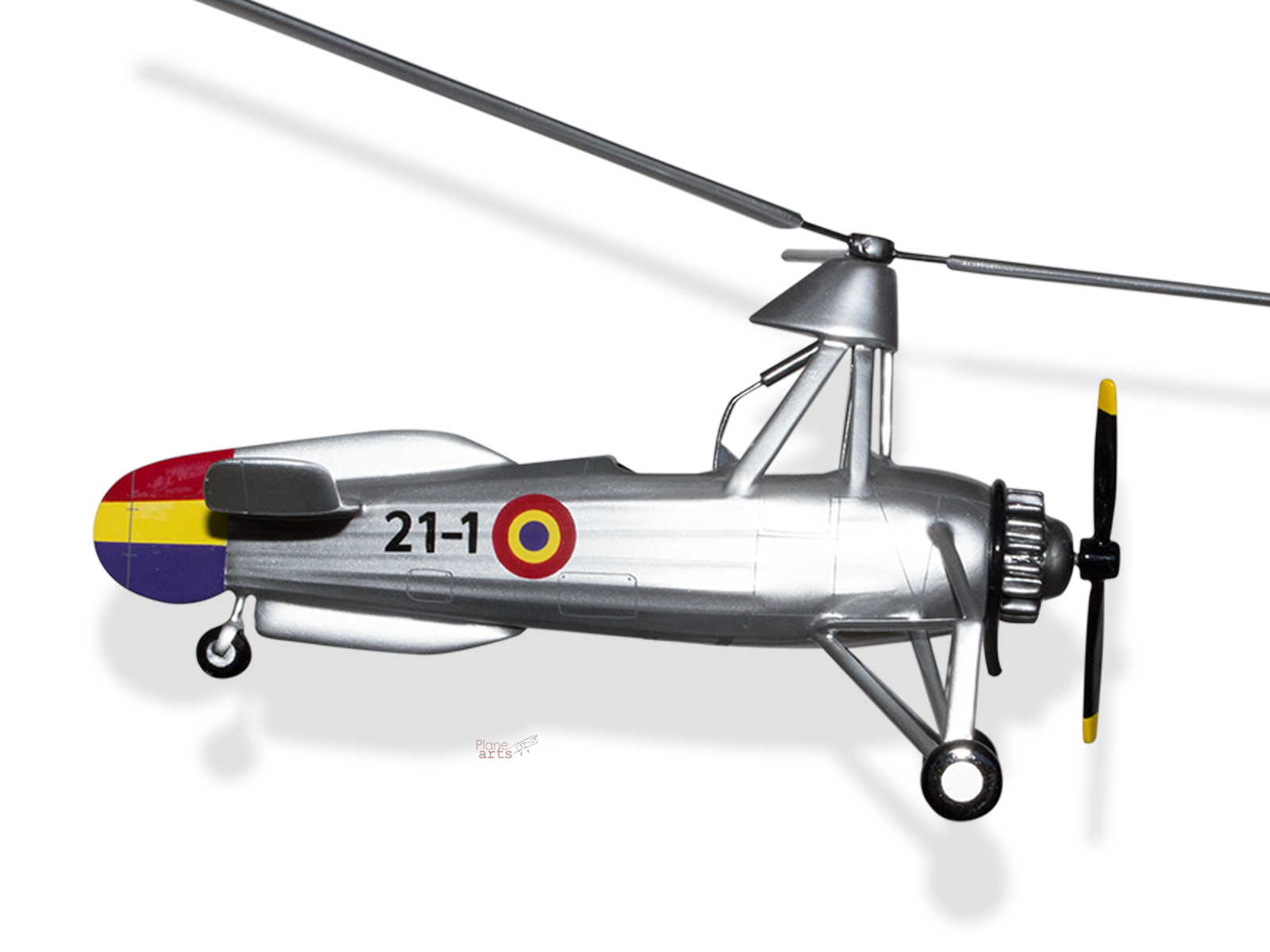
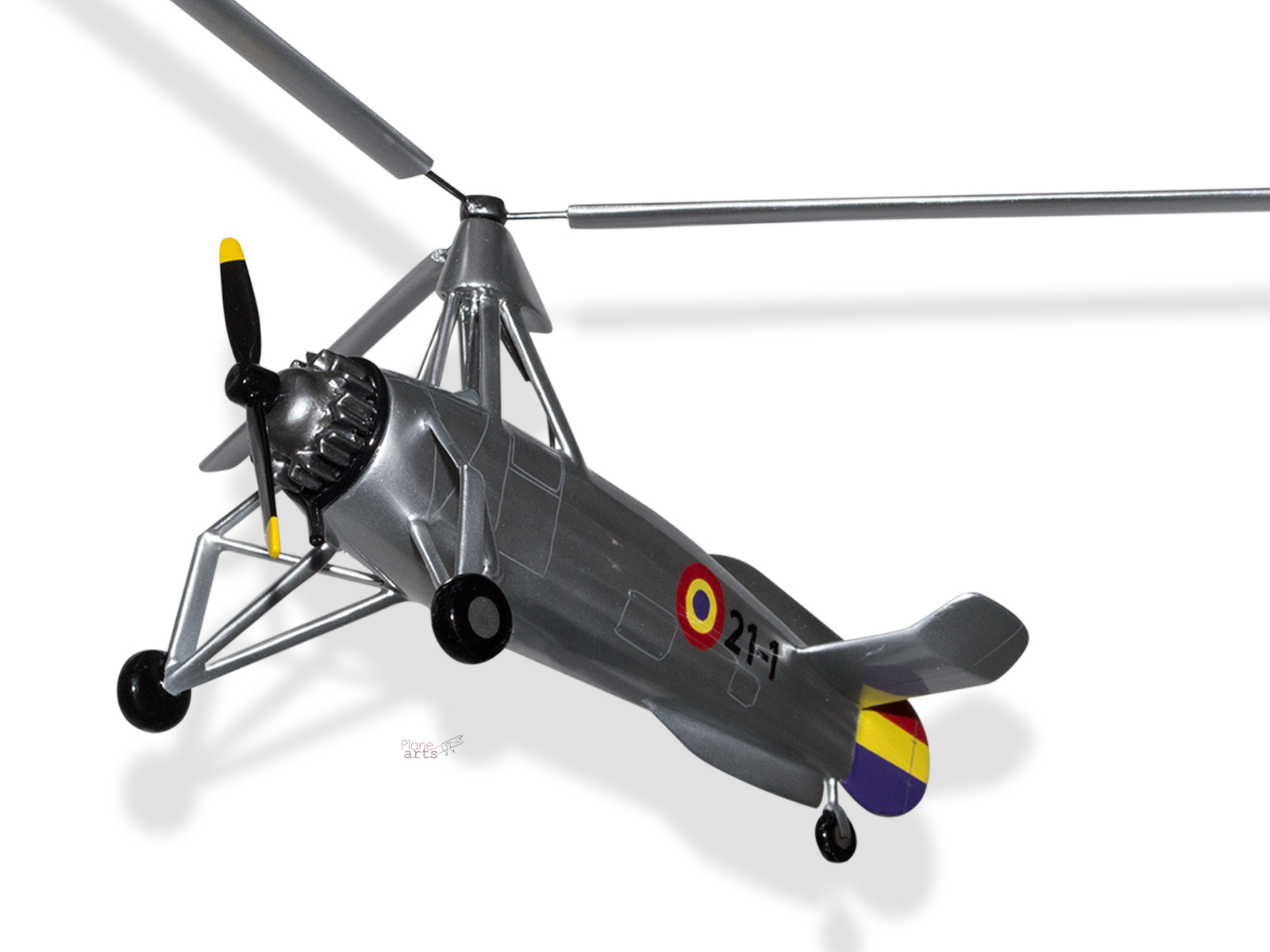

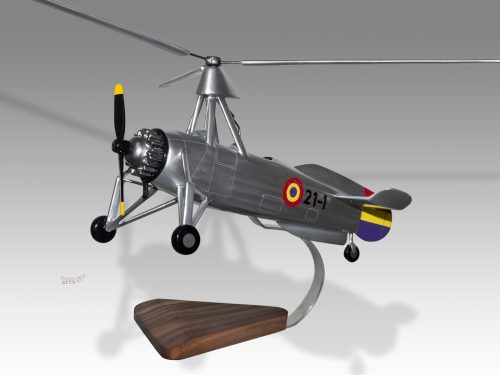
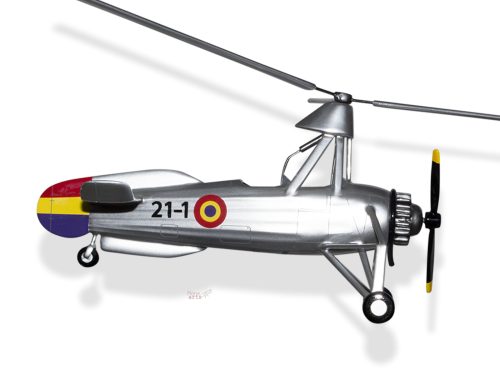
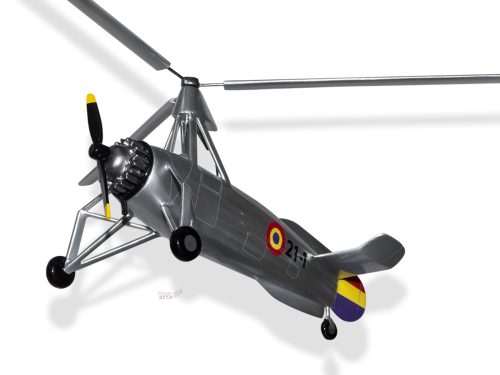
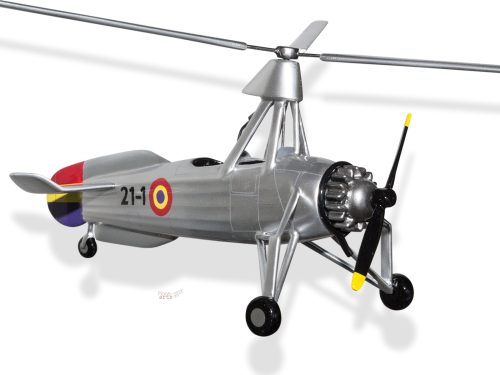

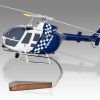
Reviews
There are no reviews yet.